Investment grade credit is set for a positive outlook in the latter half of 2025 off the back of solid high-grade corporate balance sheets, strong fundamentals and attractive technical factors, according to Principal Asset Management’s latest outlook for fixed income.
Principal Asset Management chief investment officer, Michael Goosay, said interest rates in the US are likely to see a more bullish trend over the second half of the year, driven by slower economic growth and accelerated expectations for a resumption of Fed rate cuts.
“Over time, this should lead to returns consistent with the long-term averages of the fixed income asset class,” said Goosay.
“As most of the return from fixed income is duration-dependent, investors should look to parts of the fixed income market, such as investment grade and securitised credit, that are higher quality but still more sensitive to interest rate risk.”
Goosay said although corporate bond spreads have narrowed, opportunities for outperformance remain for credit pickers.
“IG credit has historically performed well in a ‘not too hot, not too cold’ growth environment, which should continue,” he said.
“Potential fiscal policy changes, such as deregulation or tax cuts, could provide additional support, particularly as the Fed’s approach to monetary policy remains steady.”
While gross supply has increased this year, Goosay noted that net supply lags significantly behind last year’s levels.
“It is expected to track about 20 per cent lower than gross due to maturing five-year notes issued in spring 2020.
“Coupled with yields around 5 per cent, technical factors should bolster IG credit.”
While the recent tightening of spreads indicates growing market confidence in the economic backdrop, Goosay said there are still pockets of opportunity within IG credit.
“Active management remains key to identifying strong fundamental credits at attractive relative value,” he said.
“Overall, against a backdrop of potentially slowing but positive economic growth, IG credit is poised to perform well in the latter half of the year.”
Goosay said fixed income markets would continue to navigate a “transformative phase” in the second half of the year, marked by pronounced and abrupt shifts in the macroeconomic environment.
“The Trump administration’s erratic tariff strategy – characterised by temporary suspensions, ambiguous trade frameworks devoid of formal treaties, and frequent rhetorical outbursts – continues to pose significant challenges to global coordination and domestic demand,” he said.
This intricate macroeconomic landscape complicates yield forecasts for fixed income investors, he said, necessitating a recalibration of both risk and opportunity.
“US treasuries benefit from an anticipated deceleration in economic growth, coupled with hopes for a future easing cycle by the Fed,” he said.
“However, the specter of a one-time or, worse, a sustained rise in inflation due to tariffs could limit any potential bond rally in the second half of the year.”
Goosay said global counterparts such as German Bunds have shown superior performance, indicating that investors are diversifying their safe-haven assets beyond US securities.
This trend is likely to persist, he said.
“Nevertheless, caution is warranted regarding downside risks, particularly if additional European nations follow Germany in relaxing fiscal constraints,” he warned.



